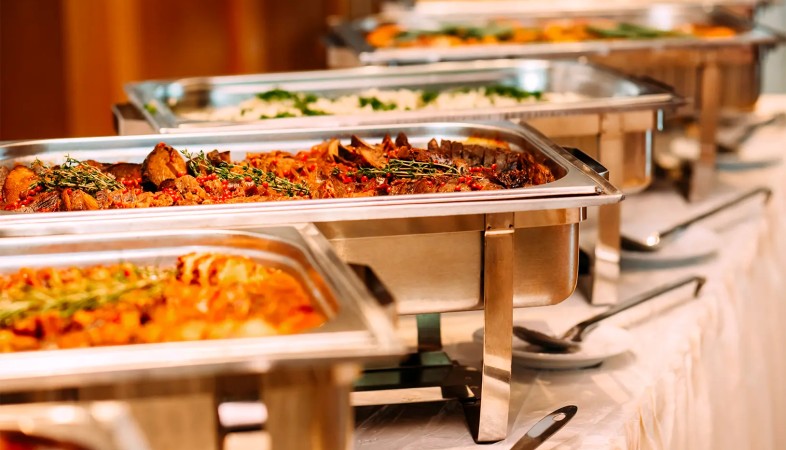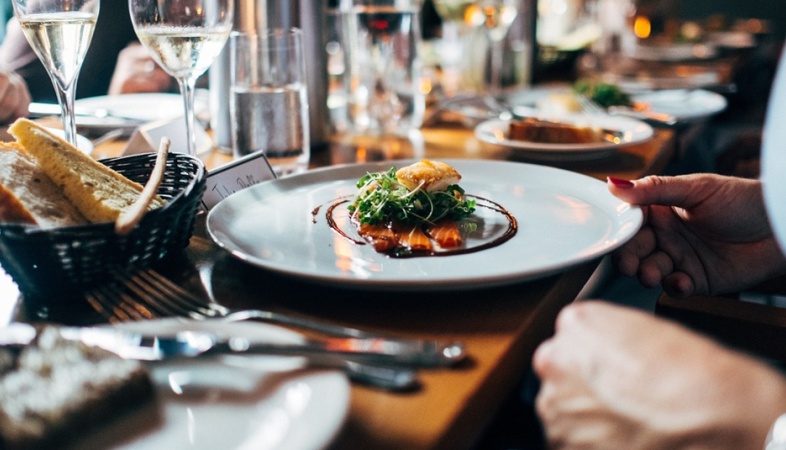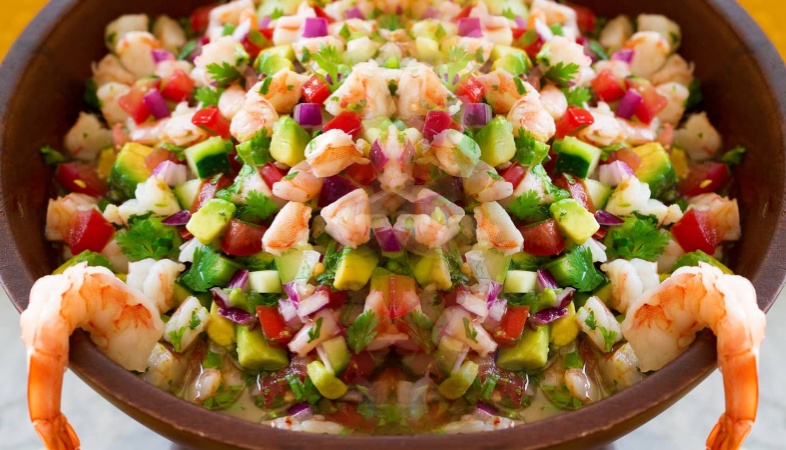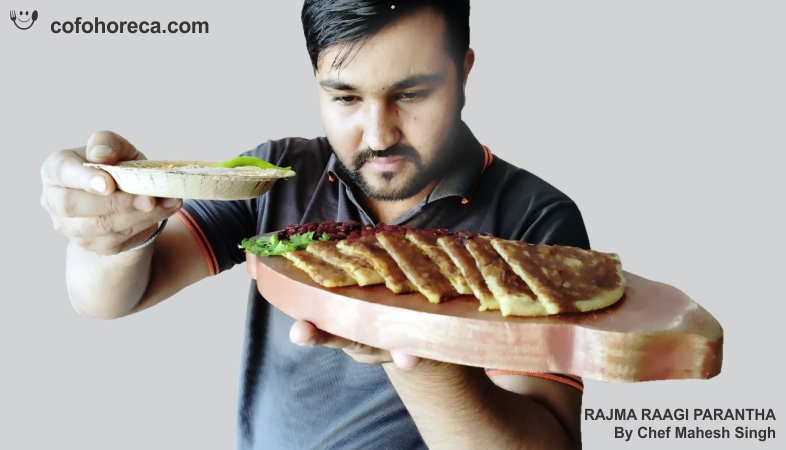Deconstructed Classics: Examining the Trend of Reinventing Traditional Dishes
By breaking down traditional dishes and reimagining them in new and unexpected ways, chefs are able to challenge conventions, spark conversation, and inspire diners to see food in a whole new light.
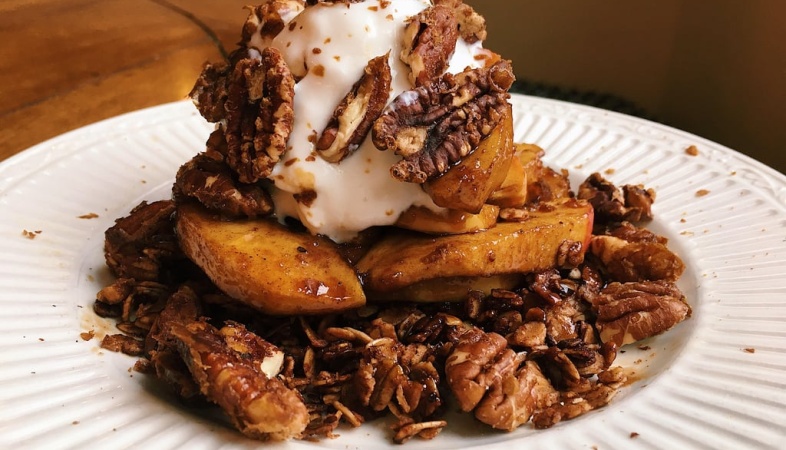
In the ever-evolving landscape of gastronomy, culinary
creativity knows no bounds. One of the most intriguing trends to emerge in
recent years is the art of deconstruction, where chefs reimagine classic dishes
by disassembling their components and presenting them in a new and innovative
way. In this exploration, we delve into the phenomenon of deconstructed
classics, uncovering its origins, techniques, and the impact it has on the
culinary world.
Deconstructing a classic dish involves breaking it down into its fundamental components – be it flavors, textures, or ingredients – and reinterpreting them in a manner that challenges traditional notions of presentation and flavor. From iconic dishes like Caesar salad and tiramisu to beloved comfort foods like burgers and macaroni and cheese, no culinary creation is safe from the deconstructionist's knife.
The origins of deconstruction can be traced back to the avant-garde culinary movements of the late 20th century, where chefs sought to push the boundaries of traditional cooking and challenge diners' expectations. Inspired by the principles of deconstructionism in art and literature, chefs began experimenting with new techniques and presentations, dismantling familiar dishes and reassembling them in unexpected ways.
One of the key techniques used in deconstructing classics is molecular gastronomy, which allows chefs to manipulate the physical and chemical properties of ingredients to create novel textures and flavor combinations. By employing techniques such as spherification, foaming, and sous vide cooking, chefs are able to transform familiar ingredients into playful and surprising iterations of their former selves.
Another hallmark of deconstructed classics is the emphasis on visual presentation. Chefs leverage the principles of plating and design to create visually stunning compositions that are as much a feast for the eyes as they are for the palate. From intricate layering and delicate garnishes to bold colors and contrasting textures, every element of the dish is carefully considered to evoke a sense of wonder and delight.
But deconstructing a classic dish is not merely an exercise in novelty; it is a celebration of culinary craftsmanship and creativity. By deconstructing a dish, chefs are able to highlight the individual components and elevate them to new heights, allowing diners to experience familiar flavors in a fresh and exciting way. It is a testament to the endless possibilities of gastronomy and the boundless imagination of chefs.
Moreover, deconstructing classics offers chefs a platform for storytelling and expression, allowing them to infuse their creations with personal meaning and narrative. Whether it's a playful riff on a childhood favorite or a sophisticated homage to culinary tradition, each deconstructed dish tells a story that resonates with diners on a deeper level, forging a connection that goes beyond mere sustenance.
The trend of deconstructing classics is a testament to the ever-evolving nature of gastronomy and the limitless creativity of chefs. By breaking down traditional dishes and reimagining them in new and unexpected ways, chefs are able to challenge conventions, spark conversation, and inspire diners to see food in a whole new light. It is a trend that celebrates innovation, imagination, and the power of culinary artistry to captivate and delight.
.png)





